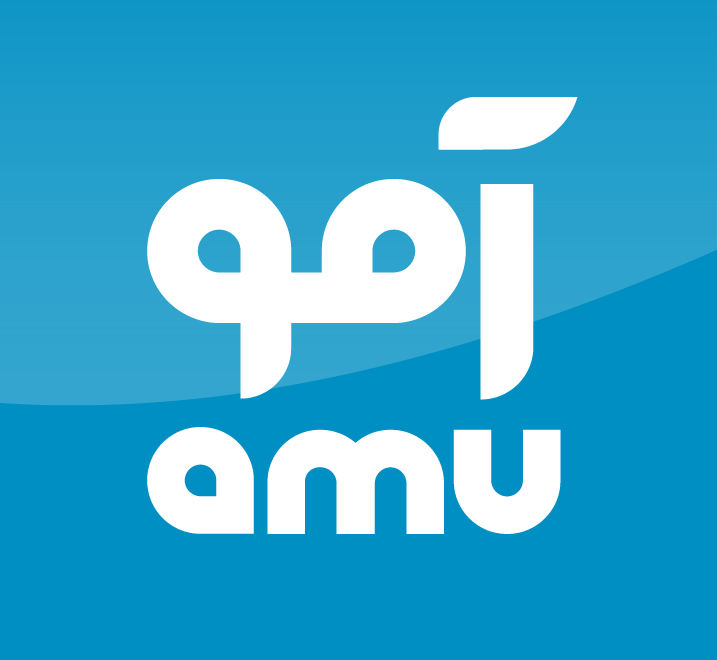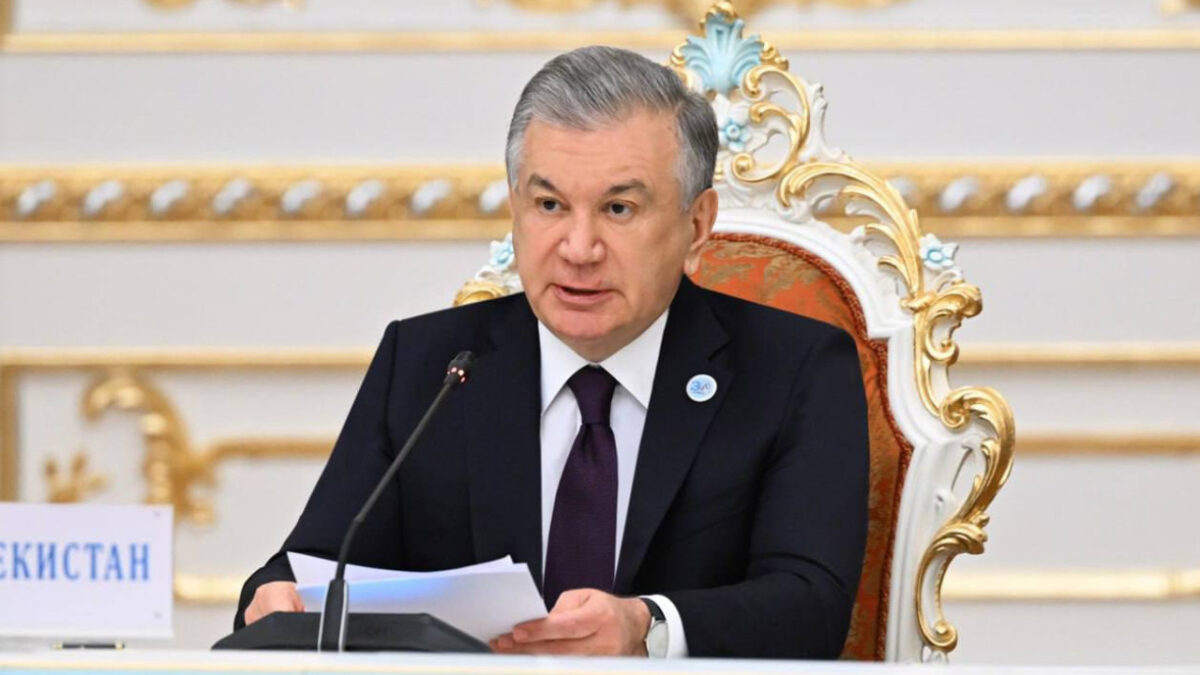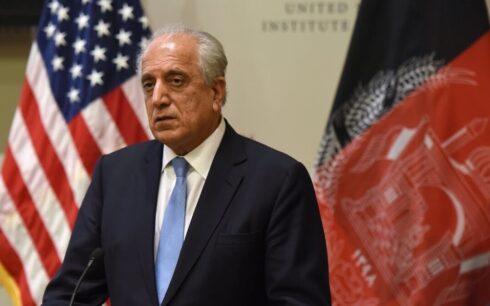Uzbekistan has quietly expanded its diplomatic and economic engagement with the Taliban in recent years — a strategic shift that, according to analysts and former Afghan intelligence officials, is driven by mounting concern over the Islamic Movement of Uzbekistan (IMU), a regional militant group with deep historical ties to Afghanistan’s insurgency.
The IMU, formed in 1998 by Islamist hardliners Tahir Yuldashev and Juma Namangani, originally sought to overthrow Uzbekistan’s secular government. After a harsh crackdown by then-President Islam Karimov, the group’s fighters fled to northern Afghanistan and Pakistan’s tribal areas, where they forged alliances with the Taliban and Al Qaeda.
Though no longer operating with the strength it once had, the IMU remains active in northern Afghanistan, according to security sources. Rahmatullah Nabil, the former head of Afghanistan’s National Directorate of Security, says the group has embedded itself within the Taliban’s intelligence and military structures, particularly in provinces such as Badakhshan, Takhar, Kunduz, Baghlan, Faryab, Kunar and Sar-e-Pol.
“Despite losing much of its top leadership, the group persists in a fragmented form, operating under Taliban cover,” Nabil told Amu TV. He estimated the current number of active fighters between 500 and 800.
The IMU is believed to finance its operations through heroin smuggling routes that stretch from Afghanistan to Central Asia and Europe, in addition to arms trafficking and human smuggling. These illicit networks have helped the group remain viable despite its organizational decline.
In 2014, a faction of the IMU broke away to pledge allegiance to the Islamic State. The Taliban responded by attacking pro-ISIS elements of the group in Zabul and Faryab, leading surviving members to reassert their loyalty to the Taliban. The episode further solidified the group’s reliance on the Taliban for protection and operational freedom.
“The Taliban and the IMU share not only ideological roots but also longstanding tactical goals,” said Mohammad Radmanesh, a Kabul-based military analyst. “The group continues to coordinate with terror-linked networks and maintains influence across Afghanistan’s north.”
Uzbekistan’s fears were heightened in July 2022, when five rockets were fired from Taliban-controlled territory near Hairatan into the southern Uzbek city of Termez. Though no group claimed responsibility, the incident triggered urgent diplomatic outreach from Tashkent to Kabul.
Since then, Uzbek President Shavkat Mirziyoyev has publicly urged the international community to remain engaged with the Taliban, warning that isolating Afghanistan would only increase instability. Many observers interpret this stance as an attempt to secure Taliban cooperation in keeping the IMU in check.
“Uzbekistan views the IMU as a direct threat to its national security — particularly in the Ferghana Valley, a region long vulnerable to extremism,” said Bismillah Taban, a security analyst in Kabul. “The Taliban have given reassurances, but their ability to control the group remains highly questionable.”
Former Afghan intelligence officials say the IMU today lacks centralized leadership but continues to operate as a covert network in the north, often working under Taliban oversight and maintaining ties with Al Qaeda.





